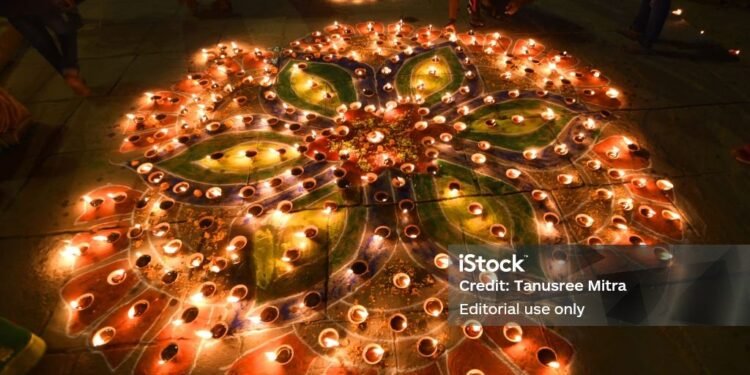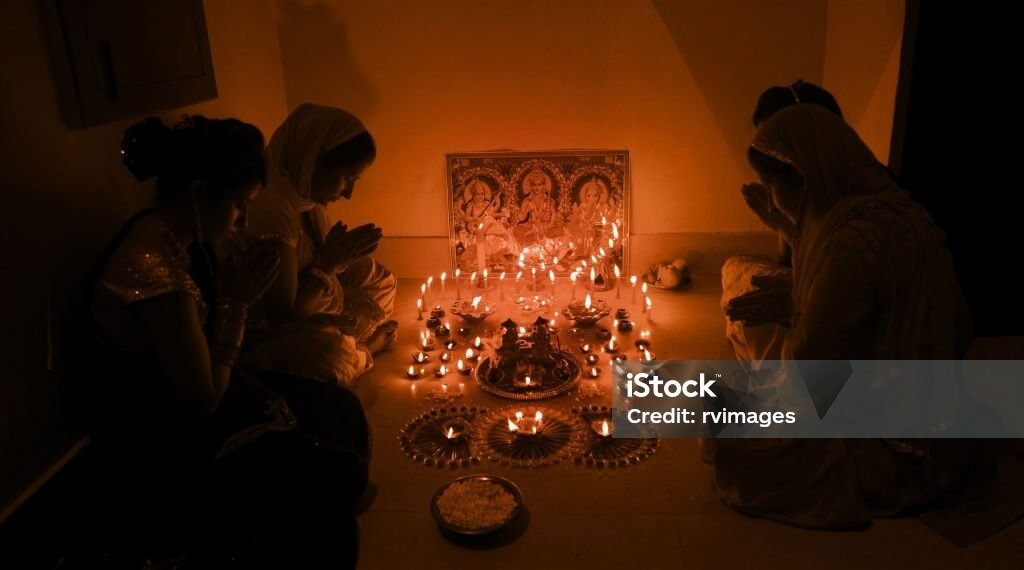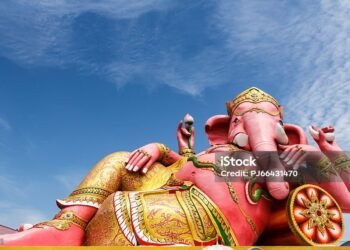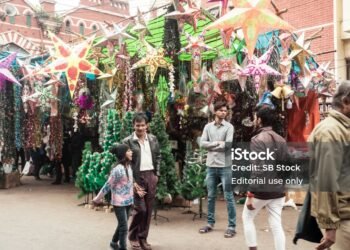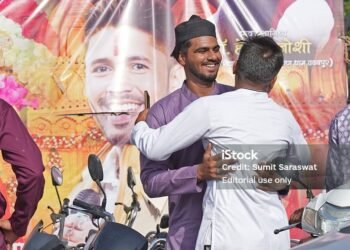Introduction
Diwali, or Deepavali, is perhaps India’s most radiant and widely celebrated festival, epitomizing the victory of light over darkness and good over evil. Observed by millions across India and the world, Diwali transcends religious boundaries, with Hindus, Sikhs, Jains, and Buddhists each imbuing the festival with their unique beliefs and legends. Whether honoring Lord Rama’s homecoming, invoking Lakshmi’s blessings, or celebrating harvest and renewal, Diwali remains a time of reflection, joy, and togetherness, filling towns and villages with lamps, fireworks, gifts, and community spirit.
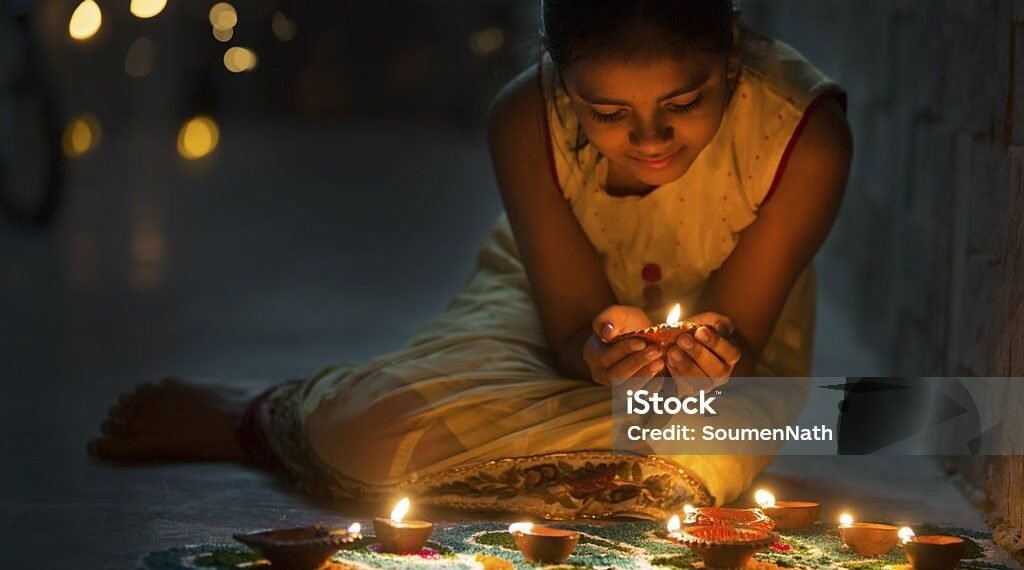
Context and Origins
The word “Diwali” comes from the Sanskrit “Deepavali,” meaning “row of lights.” Its roots can be traced to ancient harvest festivals and find mention in early Sanskrit texts such as the Padma Purana and the Skanda Purana. Historians suggest the festival originated as a thanksgiving for the year’s harvest in agrarian societies. Diwali’s spiritual focus—dispelling ignorance through knowledge and darkness through light—unites its numerous origin stories and regional adaptations, including those from the Ramayana (the return of Lord Rama to Ayodhya) and other Puranic legends.
Key Features and Vocabulary
Diyas and Lamps: Diwali is famous for homes and streets glowing with clay lamps (diyas), candles, and modern lighting, signifying the presence of light and hope even during the year’s darkest night.
Rangoli: Colorful patterns made from powdered dyes, grains, or flowers welcome guests and the goddess Lakshmi, symbolizing beauty and abundance.
Sweets, Gifts, and New Clothes: Exchanging gifts, wearing new attire, sharing sweets, and distributing food emphasize renewal, prosperity, and generosity.
Fireworks: Firecrackers and sparklers illuminate the sky, adding to the celebratory fervor and marking triumph and joy.
Timeline/Evolution: The Five Days of Diwali
Diwali is celebrated over five days, each with unique significance and customs:
Dhanteras: Marks the beginning of Diwali; people shop for gold, silver, and utensils believed to bring wealth and luck.
Naraka Chaturdashi / Choti Diwali: Commemorates the victory over the demon Narakasura; homes are cleaned, people wear new clothes, and enjoy festive treats.
Lakshmi Puja (Main Diwali Night): The spiritual heart of the festival. Devotees worship Lakshmi, the goddess of wealth, and Lord Ganesha. Homes are brilliantly illuminated, aartis are sung, and prayers offered for prosperity and well-being.
Govardhan Puja / Annakut / Padwa: Varies by region; in North India, it recalls Krishna lifting Govardhan Hill, while in the West, it celebrates marital bonds and in some regions marks the beginning of a new fiscal year.
Bhai Dooj / Bhai Phonta: Celebrates the bond between siblings, particularly brothers and sisters, with rituals, prayers, and feasting.
Iconic Examples and Regional Variations
North India: Diwali marks Rama’s return to Ayodhya; cities like Varanasi, Ayodhya, and Jaipur burst with light, massive processions, and elaborate fireworks.
South India: Known as Deepavali, it emphasizes Naraka Chaturdashi, ritual oil baths, and worship of Krishna, highlighting the victory over Narakasura.
Bengal and Assam (East India): Diwali coincides with Kali Puja, with devotees offering late-night prayers to the fierce goddess Kali, illuminating homes with lamps to invoke blessings and ward off evil.
Western India (Gujarat, Maharashtra): Marks the Hindu New Year, with special prayers for business prosperity, creating intricate rangolis, and sharing regional sweets and snacks.
Punjab: Sikhs celebrate Bandi Chhor Divas, commemorating Guru Hargobind’s release; the Golden Temple is spectacularly lit, symbolizing liberation and gratitude.
Goa: Enormous lanterns (“akash kandils”) and dazzling local festivities express both Indian and unique Goan traditions.
Techniques and Rituals
Lighting and Cleaning: Homes are meticulously cleaned and decorated, symbolizing the expulsion of negativity and preparation for divine blessings.
Aartis and Puja: Families gather for Lakshmi and Ganesha puja, seeking fortune for the coming year with rituals varying by region and household.
Cooking: Each region prepares special sweets (laddoos, barfis, karanjis) and savories, sharing joy and abundance with family, friends, and neighbors.
Social Bonding: Exchanging gifts, visiting friends and relatives, and community celebrations reinforce relationship bonds and collective well-being.
How to Read or Experience Diwali
Immerse in the lights: Walk through neighborhoods after dark to see thousands of diyas glowing in synchrony, illuminating every doorstep and street.
Join a family ritual: Observing Lakshmi Puja provides a sense of devotion, rhythm, and unity.
Savor the food: Each region boasts its distinct festive menu—tasting homemade sweets is a highlight.
Observe diversity: Seek out different state or community celebrations; contrasting pujas (Lakshmi in most, Kali in Bengal), fireworks traditions, and festival narratives.
Contemporary Relevance and Legacy
Cultural Unifier: Diwali remains a festival that bridges language, religion, and geography, reinforcing India’s pluralistic ethos.
Economic Impact: Massive spending on goods, gifts, food, and travel drives one of India’s biggest festival economies.
Global Festival: Diwali is recognized and celebrated in Indian diaspora communities and increasingly acknowledged by global institutions and landmarks worldwide.
Environmental Focus: With evolving traditions, modern Diwali incorporates eco-friendly practices—LED lighting, green firecrackers, and minimal plastic use.
Conclusion
Across India, Diwali brings life and meaning to the ancient hope that light—symbolizing knowledge, kindness, and virtue—will always drive out darkness. Whether celebrated with grandeur or quiet reflection, in the heart of a metropolis or a small village, Diwali’s message remains constant: celebrate life, give thanks, spread joy, and cherish new beginnings. Embrace the lights, rituals, and togetherness that make Diwali a festival of hope for all.

